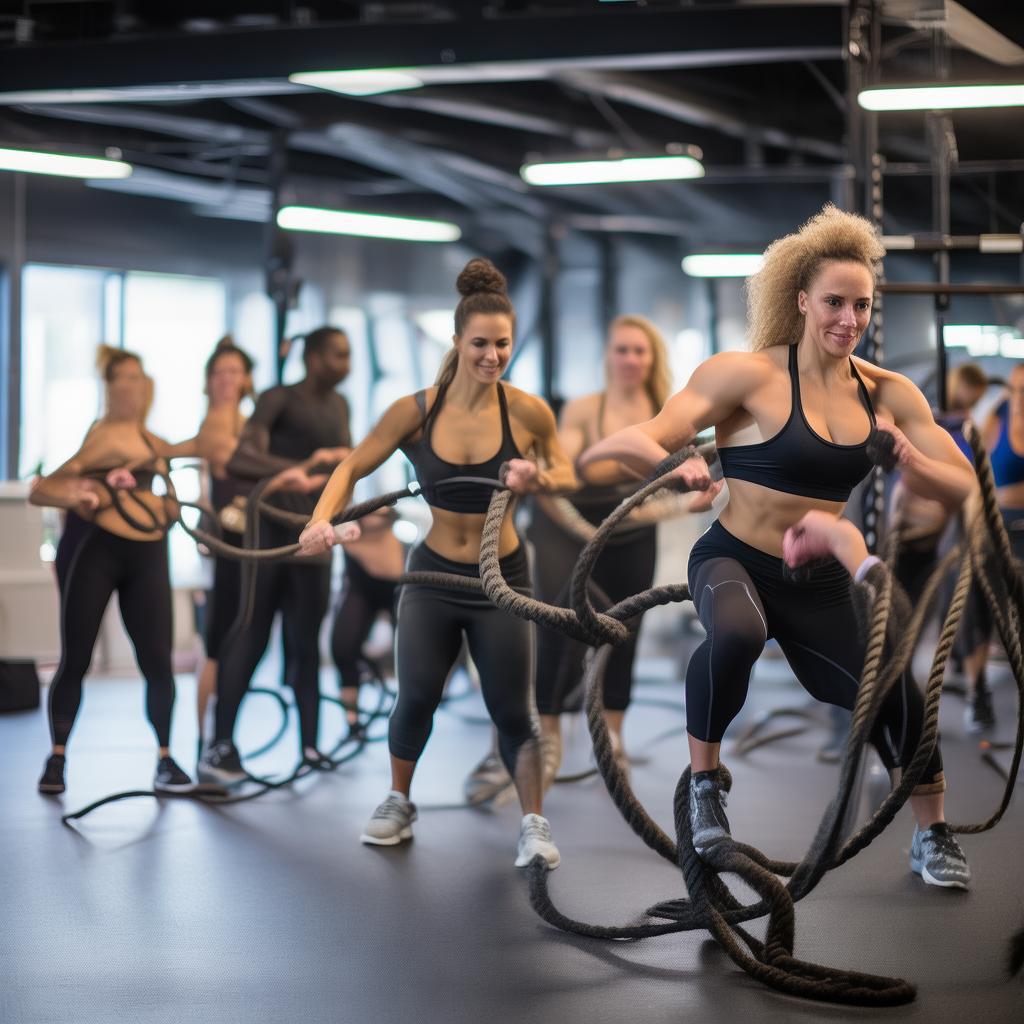Introduction to Back Training
Push – ups and pull – ups are popular training techniques because they are easy and effective. Training variety is also a well – known cliché in the fitness world, but there’s a good reason for it. Different training methods, even small variations of the same movement, can stimulate muscles from various angles, promoting growth in both girth and strength.
The Latissimus Dorsi Pull – Down: A Fundamental Back Exercise
The latissimus dorsi pull – down is a basic back exercise, yet it has many details that can enhance your training. There are some key points to note when performing this exercise:
- Keep the chest up: As the shoulders retract, the back muscles contract. Keeping the chest outward throughout the movement is beneficial for its effectiveness.
- Squeeze the shoulder blades: At the bottom of each movement, squeeze the shoulder blades together and pull them down to fully contract the back muscles. Hold for at least one second at the peak contraction.
- Connect with the latissimus dorsi: The back is a complex muscle group to stimulate completely, as the biceps often dominate the pulling movement. Establishing a strong mind – muscle connection with the latissimus dorsi is crucial during training.
Six Variations of Latissimus Dorsi Pull – Downs
Here are six different ways to perform the latissimus dorsi pull – down, each with its own unique benefits:
1. Standing Latissimus Dorsi Pull – Down
Movement Variations: Standing while pulling down requires more core engagement compared to the seated version. Tilting the torso back during rowing can help with horizontal and vertical pulling. Although it may not allow for as heavy a pull as a seated pull – down, it offers a unique angle.
Movement Practice: Stand in front of the pull – down machine with a wide forehand grip on the bar. Place one foot on the edge of the seat, tilt the body back about 30 degrees, and firmly plant the other foot on the floor. Contract the back muscles and pull the bar to the mid – lower chest, squeezing the back muscles as you do so, then slowly return to the starting position.
2. Hammer Apparatus Reverse Grip Latissimus Dorsi Pull – Down
Movement Variations: Changing to a reverse grip with a narrower grip targets the lower latissimus dorsi, a common area of weakness. The hammer pull – down version provides a smooth, stationary movement path similar to free weight training.
Movement Practice: Sit on the seat, fasten the mat to the top of the quadriceps. Raise your hands and hold the machine’s handles in a reverse grip, lean back slightly, contract the back muscles while squeezing the shoulder blades, and pull the handles down until they almost touch the lower middle of the chest. Then, slowly return to the arm – extended position.
3. Hanging Latissimus Dorsi Pull – Down
Movement Variations: This is a self – weighting movement. If it’s too challenging, you can make it easier by adjusting your foot position.
Movement Practice: Adjust the sling so that your body is in a hanging position with arms fully extended overhead, hips just off the floor, legs extended forward, heels on the floor, and toes up. Contract the latissimus dorsi and pull the body straight upwards towards the ceiling, applying force along the hands so that the head can go up along the elbows. When the hands are just above the shoulders, squeeze the latissimus dorsi and lower the body back to the starting position. You can also bend your legs and place your feet flat on the floor to make it easier.
4. Wide Grip Latissimus Dorsi Pull – Down
Movement Variations: The classic wide front grip pull – down targets the upper latissimus dorsi, helping to build the coveted v – taper.
Movement Practice: Hold the bar in a positive grip wider than shoulder width. Sit on a seat with knees fixed under the mat, arms extended upwards, and torso erect. Using the elbows as a guide, pull the bar down to the upper chest by contracting the back muscles, then slowly return it to the starting position.
5. One – Arm Latissimus Dorsi Pull – Down
Movement Variations: This unilateral movement promotes balanced development of bilateral muscles. If one side is weaker, regular pull – downs on that arm can help the muscles grow and catch up.
Movement Practice: Attach a d – handle to the pull – down machine. Sit on the machine, grasp the handle with one hand, keep the torso upright, and place the non – working hand on the knee pad. Pull the handle straight down until the arm is pulled up to the chest, then slowly extend the arm back to the starting position. Repeat and then switch arms.
6. Straight Arm Pull – Down
Movement Variations: As one of the few single – joint back movements, the straight arm pull – down isolates the latissimus dorsi by minimizing biceps involvement. The reverse grip version targets the lower latissimus dorsi.
Movement Practice: Stand facing the pulley machine and attach the straight bar to the high pulley. Grasp the barbell with a shoulder – width grip and take two or three steps back. Start with arms extended, elbows slightly bent, barbell at head height, and waist slightly bent. Keep the arms extended, contract the back muscles, and pull the barbell towards the body until it touches the thighs. Hold for a second and then slowly lower it back to the starting position.
Conclusion
To avoid hitting a training bottleneck for your muscles, it’s important to choose a variety of exercises. By switching up the movements, you can give your muscles fresh stimulation and accelerate their growth, especially when it comes to back training with these latissimus dorsi pull – down variations.





